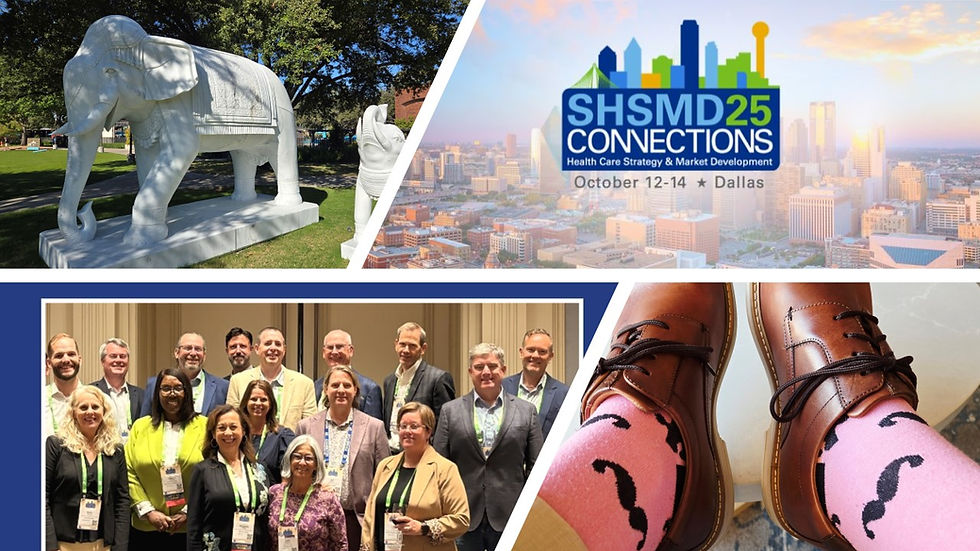Navigating life's challenges: 3 valuable lessons you can learn from driving on snowy roads
- Alan Shoebridge

- Feb 24, 2023
- 4 min read
If you haven’t heard, Portland, Oregon recently got hit with a surprise heavy snowstorm that caught most drivers out on the freeways unprepared.
When a snowstorm – or even a light dusting – hits Portland chaos tends to ensue. The arrival of bad weather also leads to one of my pet peeves happening ad nauseam: People claiming that Oregonians “can’t drive in the snow” as if there is some type of regressive personality trait holding us back.
I think the truth is actually dependent on three factors that are crucial to how you should approach driving in the snow, building a career or just going through life in general:
Your preparation
The preparation of those whom you depend on
Experience and confidence
💡 Being prepared is step one

Many of you who know me well have seen my car. It’s rear-wheel drive and rides on summer-only performance tires.
This is not a good combination for driving in snow and ice. In fact it’s pretty close to impossible to even drive at all in those conditions without endangering myself or others.
That’s why in late November every year I change over to winter tires.
This isn’t really difficult, but it requires me to set aside time and find storage space in my garage. Yet, the drudgery pays off each year.
For many drivers who had problems getting home, it wasn’t because they “can’t drive in the snow” it was due to the fact that they weren’t prepared to drive in the snow with the right tires or traction devices. As former UCLA coach John Wooden said:
“Failure to prepare is preparing to fail.”
However, in this most recent extreme weather event the second issue below came into play. Navigating snowy roads is a team effort.
💡 Understanding the preparation level of your partners is step two

When it comes to city driving in the snow, a lot depends on how prepared your trusted partners will be in helping you deal with the situation. In Portland, only major roadways receive any type of surface preparation prior to a snowstorm, or clearing afterwards, from the city's road crews.
This time, there was no advance preparation.
Significant snowstorms just don’t happen often enough to justify major investments in the necessary equipment and expertise. In comparison, when I was in Chicago a few years ago I remember seeing a tweet from that city’s road department that it was hitting the streets with 200 plows in response to about an inch of snow!
Further complicating matters was the missed weather forecast. None of the early morning forecasts predicted more than an inch of snow. People headed out to work not worried about a multiple-hour commute.
If you’ve lived in Portland long enough you know forecasting snow is tricky, and when it goes wrong – it really goes wrong.
Like this level of wrong:
"The weather service originally predicted a 20% chance that Portland would get more than 2 inches of snow. The probability of getting 6 to 8 inches was only around 5%."
"The nearly 11 inches that fell in Portland amounted to the second snowiest day in the city's history. It took drivers by surprise, stalling traffic during the Wednesday evening rush hour and trapping motorists on freeways for hours."
"Some spent the night in their vehicles or abandoned them altogether as crews struggled to clear roads. Other commuters got off spun-out buses and walked in groups to safety" - AP News
Between the missed forecast and the unprepared roads, the "team" effort was an epic failure.
That’s why it’s so important to be prepared in the first place. You might have to rely on yourself. As Coach Wooden said:
"It's too late for preparation when opportunity strikes.”
💡 Experience - building toward poise and confidence - is step three

Here is where I will give some minor credence to the Portlanders “can’t drive in the snow” theory. When something only happens once a year or less, you’re unlikely to be great at dealing with it.
However, if you prepare well by having the right tools, understanding the conditions and using some common sense, you will likely make it through just fine.
It’s also amazing how fast our mental muscle memory fades. Oregonians get plenty of experience driving in the rain from November through July, but the worst day of traffic accidents and delays each year always seems to be the first late summer/early fall rainstorm. The roads are extra slick from a month or more without rain and people have forgotten about the need to drive slower and leave additional room between cars.
🤔💡 Applying these principles

If you prepare yourself well for the future, understand how others will help you (or not) and adjust for your experience (or lack of it), the odds of success increase dramatically. In short, you will be more confident and perform at a higher level.
These lessons carry over to your professional career as well. Not only do you need to have goals, you must put in the hard work of preparation, clearly understand what support you will get from others and build your confidence through practical experience. Once again, Coach Wooden put it best:
“Poise and confidence are not possible unless you have prepared correctly … poise and confidence are a natural result of proper preparation."
That's just good advice. And it will get you through any weather.




Comments